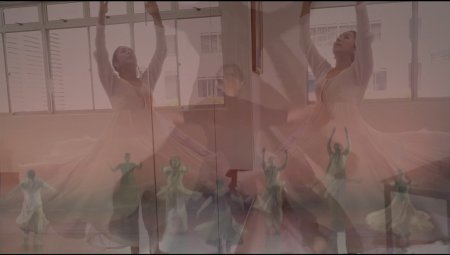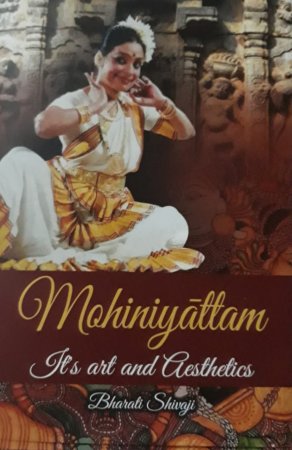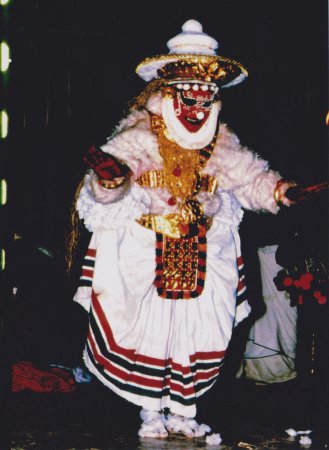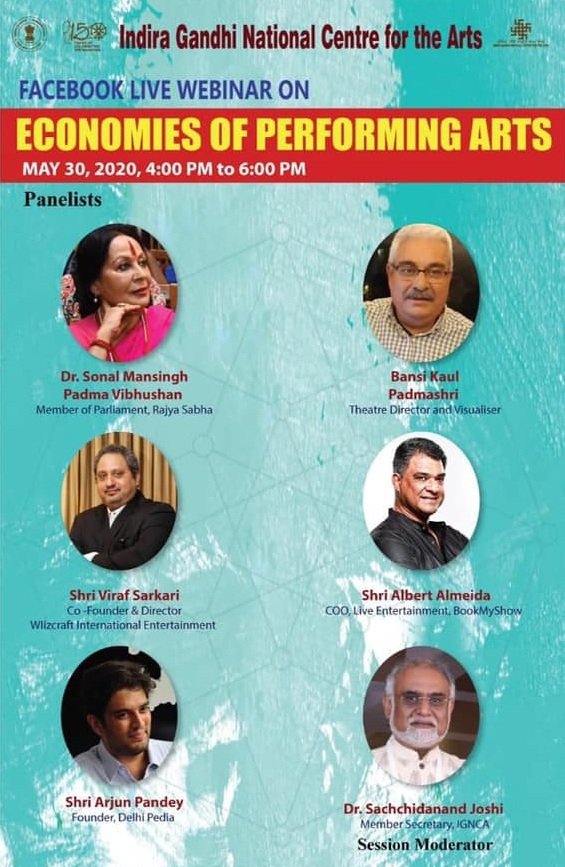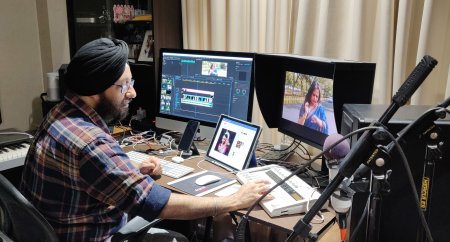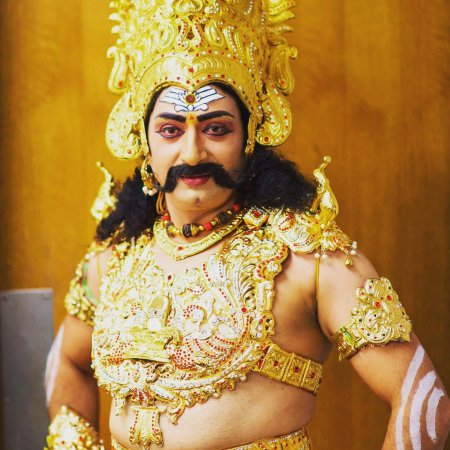Narthaki is delighted to share the voices of three artistes who speak from the heart about their dance and their life choices.
- Gerard Samuel, Professor of Dance, University of Cape Town and the very first Tamil/"Black" professional Ballet dancer in South Africa
- Kiran Rajagopalan, Bharatanatyam dancer from New York City
- Cameron Shanolin Govender, a makeup artiste and Bharatanatyam dancer in Durban, South Africa
Read more in the site

